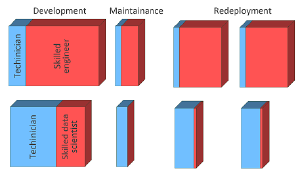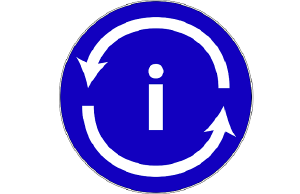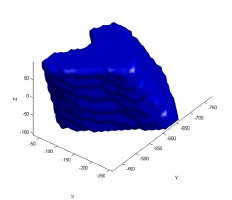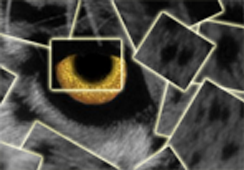About
Domen Tabernik is actively researching various problems in the field of computer vision. His primary work encompasses various hierarchical models such as compositional hierarchy or deep neural network, which were also the subject of his doctoral dissertation. He is improving the representation of visual objects using various hierarchical models and applying them to different applications related to detection and recognition of semantic objects in images. In addition to his basic research on visual object representation, he is also working on other computer vision problems, such as semi-supervised and unsupervised learning. He collaborated on various research projects, where he participated in the development of various computer vision methods for different practical problems, such as computer vision for mobile devices, industrial scale defect detection, and recognition and detection of a large number of traffic signs.
Research Topics
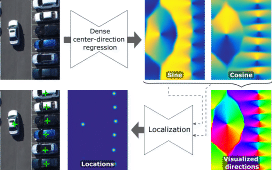
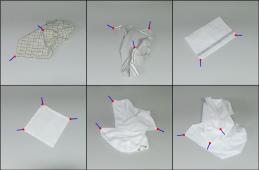
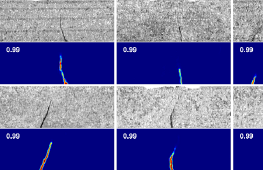
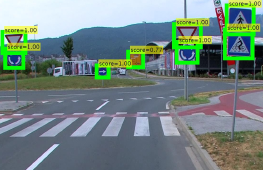
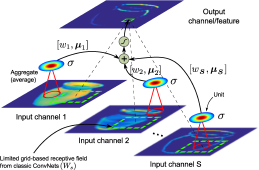
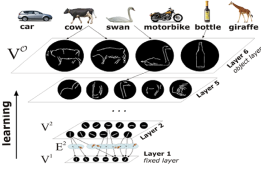
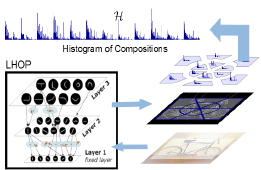

Downloads and Code
ViCoS Towel Dataset
CeDiRNet
CeDiRNet-3DoF
Kolektor Surface-Defect Dataset (KolektorSDD/KSDD)
Mixed SegDec-Net
SegDec-Net
Kolektor Surface-Defect Dataset 2 (KolektorSDD2/KSDD2)
DAU-Conv2D
DFG Traffic Sign Data Set
Detectron for traffic signs
Current projects
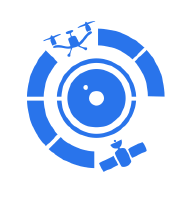
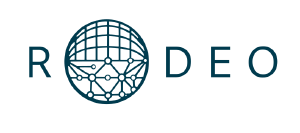


Past projects
